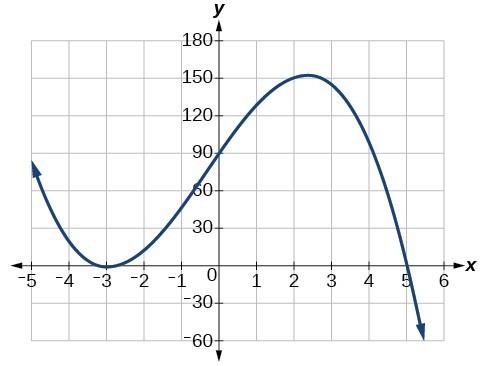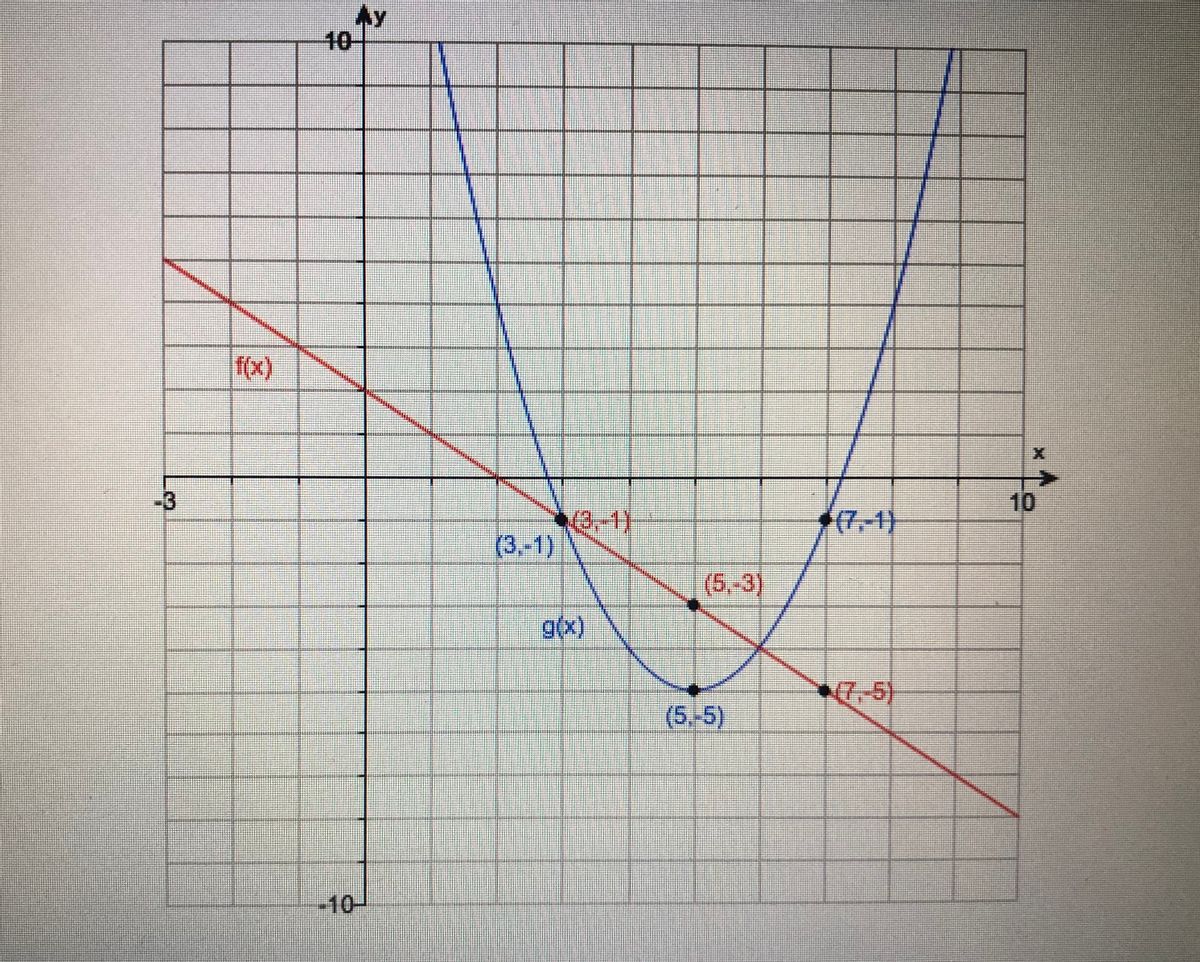

Hence, the graph of y = f ( x − 2 ) − 3 y = f(x-2) - 3 y = f ( x − 2 ) − 3 is located 2 units right, 3 units down, of the graph of y = f ( x ) y = f(x) y = f ( x ). When we move the graph of y = f ( x − 2 ) y = f(x-2) y = f ( x − 2 ) down by 3 units, we get y = f ( x − 2 ) − 3 y = f(x-2) - 3 y = f ( x − 2 ) − 3. When we move the graph of y = f ( x ) y = f(x) y = f ( x ) right by 2 units, we get y = f ( x − 2 ) y = f(x-2) y = f ( x − 2 ). □ _\square □ How is the graph of y = f ( x − 2 ) − 3 y = f(x-2) - 3 y = f ( x − 2 ) − 3 related to the graph of y = f ( x ) y = f(x) y = f ( x )? The graph of y = f ( x − 2 ) y = f(x-2) y = f ( x − 2 ) is the graph of y = f ( x ) y = f(x) y = f ( x ) moved right by 2 units. We recognize this as a graph of y = f ( x − b ) y = f(x-b) y = f ( x − b ) with b = 2 b = 2 b = 2. □ _\square □ How is the graph of y = f ( x − 2 ) y = f(x-2) y = f ( x − 2 ) related to the graph of y = f ( x ) y = f(x) y = f ( x )? The graph of y = f ( x ) − 3 y = f(x) - 3 y = f ( x ) − 3 is the graph of y = f ( x ) y = f(x) y = f ( x ) moved down by 3 units. We recognize this as a graph of y = f ( x ) + d y = f(x) +d y = f ( x ) + d with d = − 3 d= -3 d = − 3. How is the graph of y = f ( x ) − 3 y = f(x) - 3 y = f ( x ) − 3 related to the graph of y = f ( x ) y = f(x) y = f ( x )? f ( x − b ) f(x-b) f ( x − b ) is the graph of f ( x ) f(x) f ( x ) shifted right by b b b units. Thus, to move a function right or left, we subtract to the inside of the function. The graph of f ( x − 1 ) f(x-1) f ( x − 1 ) is the graph of f ( x ) f(x) f ( x ) shifted right by 1 1 1 unit. How does this point relate under the original function? We want f ∗ ( x + 1 ) = y = f ( x ) f^* (x+1) = y = f (x) f ∗ ( x + 1 ) = y = f ( x ). Every point of the form ( x, y ) (x,y) ( x, y ) in function f f f now moves to the point ( x + 1, y ) (x+1, y ) ( x + 1, y ) in function f ∗ f^* f ∗. To move a graph right horizontally by 1 unit, we adjust the x x x value. f ( x ) + d f(x) + d f ( x ) + d is the graph of f ( x ) f(x) f ( x ) shifted up by d d d units. Thus, to move a function up or down, we add to the outside of the function. The graph of f ( x ) + 1 f(x) + 1 f ( x ) + 1 is the graph of f ( x ) f(x) f ( x ) shifted up by 1 1 1 unit.

How does this point relate under the original function? We want f ∗ ( x ) = y + 1 = f ( x ) + 1 f^* (x) = y + 1 = f(x) + 1 f ∗ ( x ) = y + 1 = f ( x ) + 1. Every point of the form ( x, y ) (x,y) ( x, y ) in function f f f now moves to the point ( x, y + 1 ) (x, y + 1) ( x, y + 1 ) in function f ∗ f^* f ∗. To move a graph up vertically by 1 unit, we adjust the y y y value.


 0 kommentar(er)
0 kommentar(er)
